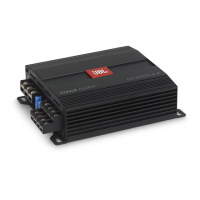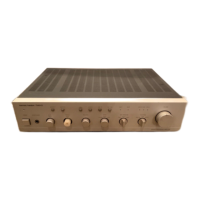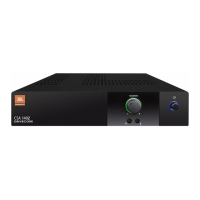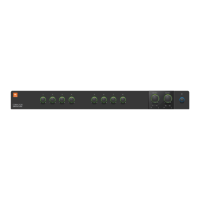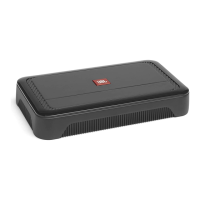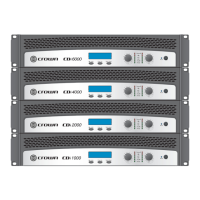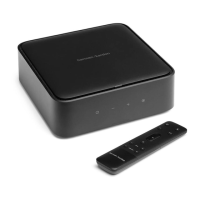Vi1000 USER MANUAL
17.2.2 17.2.2: FX > ALGORITHMS > DELAYS
17.2.2: FX > ALGORITHMS > DELAYS
Ducker
Threshold
Range Low Range High
Set the input signal
level at which ducking
occurs.
Studio, Mono and Pong delays only. Ducking causes
delay repeats to be attenuated by a variable amount
when an input signal is present. As the performance
pauses, the delay signal level returns to its normal
setting. This allows the delay to remain as an effect, but
not clash with the original signal. For example whilst a
vocalist is singing, the level of delay is kept down, but
in the pauses the level of the repeats is brought up to
provide a smooth tail to the vocal phrases. The Ducker
Threshold sets the level at which the input signal has to
be at for ducking to cut in – the higher the threshold, the
louder the signal has to be for ducking to occur.
-70dB 0dB
Ducker Level Range Low Range High
Ducking attenuation
amount.
Ducker Level sets the amount of attenuation once the
signal has exceeded the threshold. 0dB is no ducking,
18dB is the maximum amount of ducking to the delayed
signal.
-18dB 0dB
TAP 1 & 2
Tap delay time relative
to displayed delay time
value.
2-Tap Delay only. Sets the percentage of the indicated
delay time that is used for each tap.
0 100%
Tap Level
Adjusts the output level
of Tap 1 and Tap 2.
0 99
Tap Pan Range Low Range High
Adjust the pan positions
in the stereo eld of Tap
1 and Tap 2.
99L 99R
Modulation
Depth
Control the intensity of
modulation, or “depth” in
the Modulated Delay.
Lower settings produce a more subtle chorus effect,
while higher values give a more lush chorusing of the
delay repeats.
0 99

